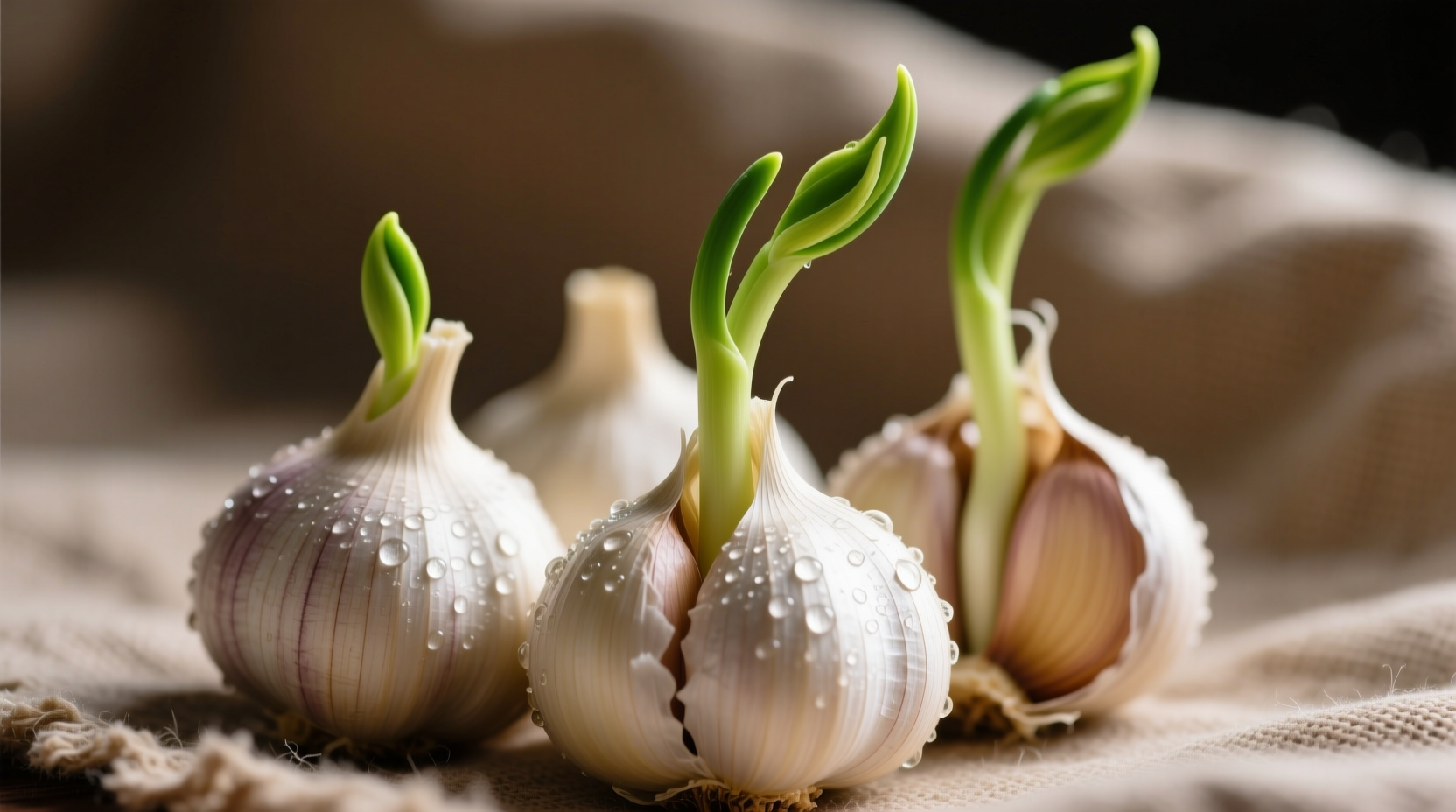Garlic isn't just a kitchen staple—it's a powerhouse of health-promoting compounds backed by centuries of traditional use and modern scientific validation. When you crush or chop fresh garlic, it releases allicin, the bioactive compound responsible for most of garlic's remarkable health properties. Understanding how to properly incorporate this humble bulb into your daily routine can transform your approach to preventive health.
Why Garlic Deserves a Place in Your Daily Diet
Unlike many "superfoods" with exaggerated claims, garlic's benefits are well-documented across hundreds of peer-reviewed studies. The National Institutes of Health recognizes garlic's therapeutic potential, particularly for cardiovascular health. What makes garlic unique is its combination of accessibility, affordability, and scientifically-verified effects that rival some pharmaceutical interventions.

Your Body's Response Timeline to Daily Garlic Consumption
Understanding when you might experience benefits helps set realistic expectations. Research shows different physiological responses occur at various timeframes:
| Time Period | Observed Effects | Scientific Validation |
|---|---|---|
| Within 1 hour | Increased antioxidant activity in bloodstream | NIH Study 2017 |
| 2-4 weeks | Noticeable reduction in blood pressure (5-8 mmHg) | American Heart Association 2020 |
| 8-12 weeks | 10-15% reduction in LDL cholesterol levels | Mayo Clinic Review |
| 6+ months | Significant reduction in cardiovascular disease risk | European Journal of Clinical Nutrition |
Maximizing Garlic's Health Potential: Practical Strategies
Simply adding garlic to your meals isn't enough—you need to optimize preparation methods to preserve its beneficial compounds. Here's what research shows works best:
The Crushing Technique That Doubles Benefits
When you crush or chop garlic, you activate the enzyme alliinase which converts alliin to allicin—the compound responsible for most health benefits. But this enzyme is heat-sensitive. The optimal method:
- Crush or chop garlic cloves
- Wait 10 minutes before cooking (allows maximum allicin formation)
- Cook at temperatures below 140°F (60°C) when possible
This simple waiting period increases available allicin by up to 300% compared to immediate cooking, according to research published in the Journal of Agricultural and Food Chemistry.
Daily Dosage Guidelines Backed by Science
Research consistently shows that 1-2 cloves (approximately 4 grams) of fresh garlic daily provides optimal benefits without adverse effects for most adults. Higher amounts don't necessarily provide additional benefits and may cause digestive discomfort. For those using aged garlic extract supplements, 600-1,200 mg daily divided into multiple doses appears most effective based on clinical trials.
Important Context: When Garlic Might Not Be Right for You
While garlic offers numerous benefits, certain situations require caution:
- Before surgery: Stop consuming therapeutic amounts 7-10 days pre-operation due to potential blood-thinning effects
- With blood thinners: Consult your physician before consuming large amounts if taking warfarin or similar medications
- Digestive sensitivity: Some individuals experience heartburn or bloating—try fermented black garlic as a gentler alternative
- Pregnancy: Culinary amounts are safe, but therapeutic doses should be discussed with your healthcare provider
Garlic vs. Supplements: What Research Reveals
Many wonder whether garlic supplements match the benefits of fresh garlic. Research shows important differences:
- Fresh garlic provides the full spectrum of sulfur compounds that work synergistically
- Most commercial supplements contain inconsistent allicin levels (often much lower than labeled)
- Aged garlic extract shows the most consistent research results among supplements
- Raw garlic offers additional fiber and trace nutrients missing in supplements
The National Center for Complementary and Integrative Health concludes that fresh garlic generally provides more comprehensive benefits than isolated supplements, though aged garlic extract shows promise for specific therapeutic applications.
Simple Ways to Incorporate Garlic Daily
You don't need complex recipes to enjoy garlic's benefits. Try these practical approaches:
- Add raw garlic to salad dressings (the oil helps preserve allicin)
- Include minced garlic in morning egg dishes
- Make garlic-infused olive oil for bread dipping
- Add crushed garlic to soups during the last 10 minutes of cooking
- Try fermented black garlic for milder flavor and enhanced antioxidant profile
Remember that cooking methods significantly impact garlic's health properties. Roasting whole bulbs creates a sweet, spreadable paste with different (but still beneficial) compounds, while raw consumption maximizes allicin availability.
Looking Beyond the Hype: Realistic Expectations
Garlic isn't a miracle cure, but it's a valuable component of a heart-healthy lifestyle. Research shows it works best as part of a comprehensive approach including balanced nutrition, regular exercise, and stress management. The most significant benefits appear with consistent, long-term consumption rather than short-term intensive use.











 浙公网安备
33010002000092号
浙公网安备
33010002000092号 浙B2-20120091-4
浙B2-20120091-4